

Project Uptime
Project Uptime
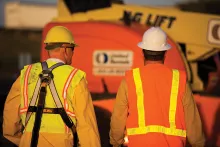
OSHA Excavation Standards: Top Violations of OSHA Subpart P
OSHA excavation standards exist to protect workers from cave-ins and other accidents, such as slips and falls. Yet each year, hundreds of contractors are cited for violating...
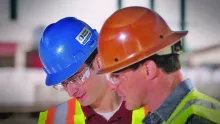
Power Line Construction: Don’t Ignore These OSHA Standards
Power line construction comes with some risks. Utilities and construction companies that ignore relevant OSHA regulations designed to protect workers may face repercussions.
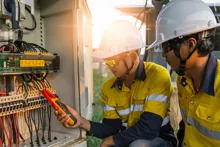
Arc Flash Training: Why and When Every Electrician Needs It
OSHA 1910 Subpart S requires electrical safety training for all workers who might come into contact with an electrical hazard. That makes this training, which includes arc flash...

When Power and Telecom Enclosed Spaces Require Testing
Contractors working in enclosed spaces for power projects or in underground manholes or unvented vaults for telecommunications jobs are often operating under a potentially...

Safe Use Highlights for MEWPs
Mobile elevating work platforms, or MEWPs, make many tasks possible by providing temporary access at height. But like any other type of equipment, they pose potential risks when...
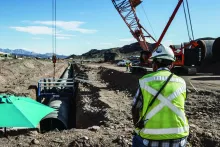
Understanding OSHA’s Trench Box Requirements
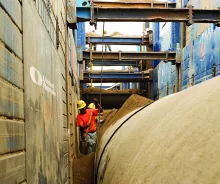
Employers Remain Confused about Which Confined Space Standard to Follow
Working in a confined space poses inherent dangers, and OSHA regulations are designed to ensure that employers take effective steps to mitigate or eliminate them. OSHA introduced...
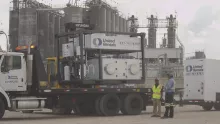
Smaller Construction Firms: It May Be Time for an Onsite Non-Enforcement Consultation from OSHA
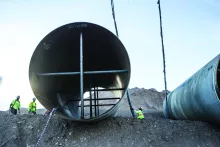
Understanding OSHA's Confined Space Construction Standard
There are five key differences between the general industry and construction standards. With the introduction of Confined Spaces in Construction standard ( 1926 Subpart AA) in 2015...
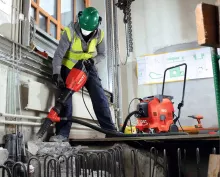
Contractors Receive Hundreds of Silica Dust Citations as OSHA Cracks Down
Since OSHA began full enforcement of its respirable crystalline silica (RCS) standard in October 2017, contractors have been hit with 276 violations to the tune of $454,699.11 in...
